Ears to the ground, heart on the horizon
Sustaina India 1 – Inaugural Edition
Feb 2 – 15, 2024, CCA Bikaner House, New Delhi
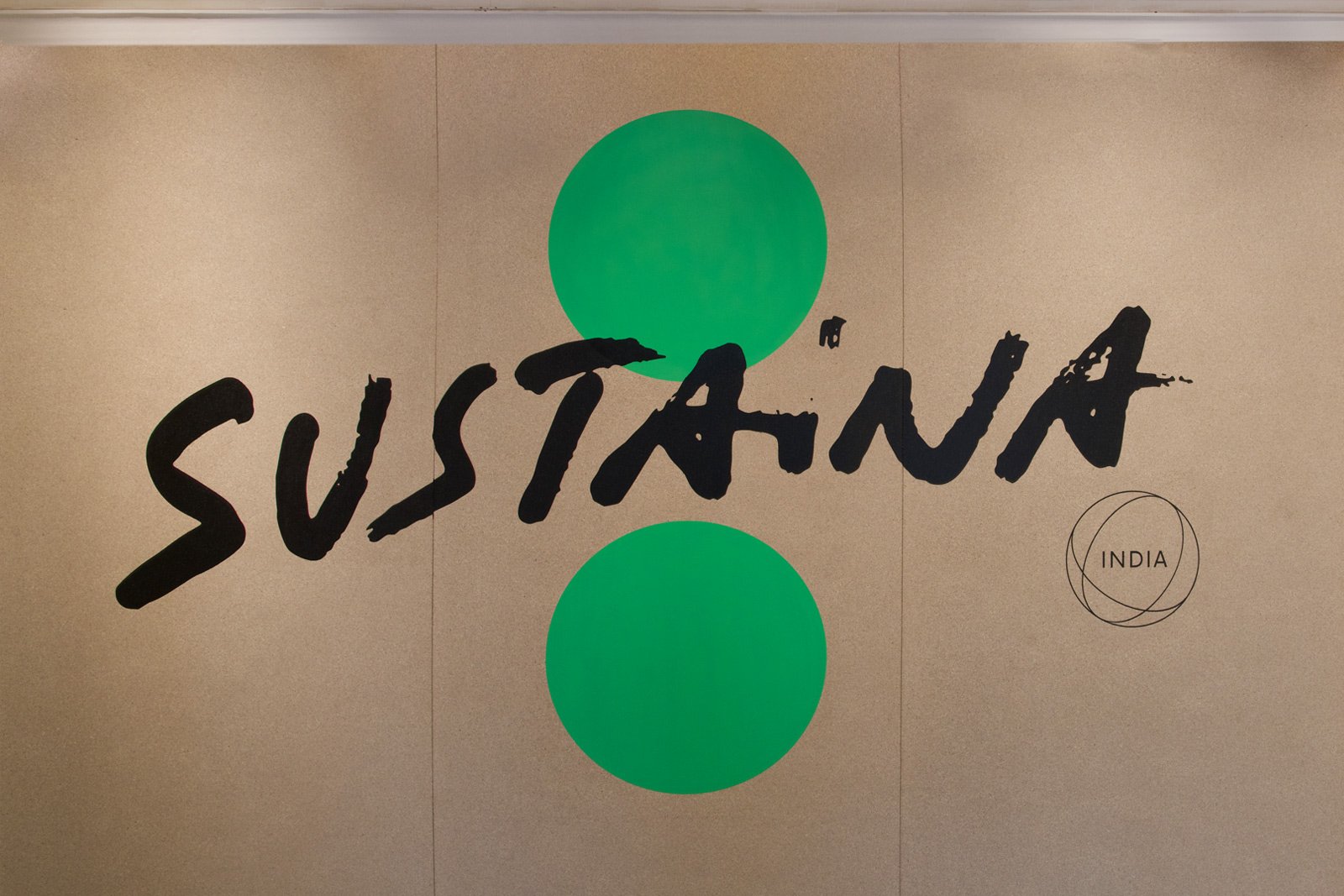
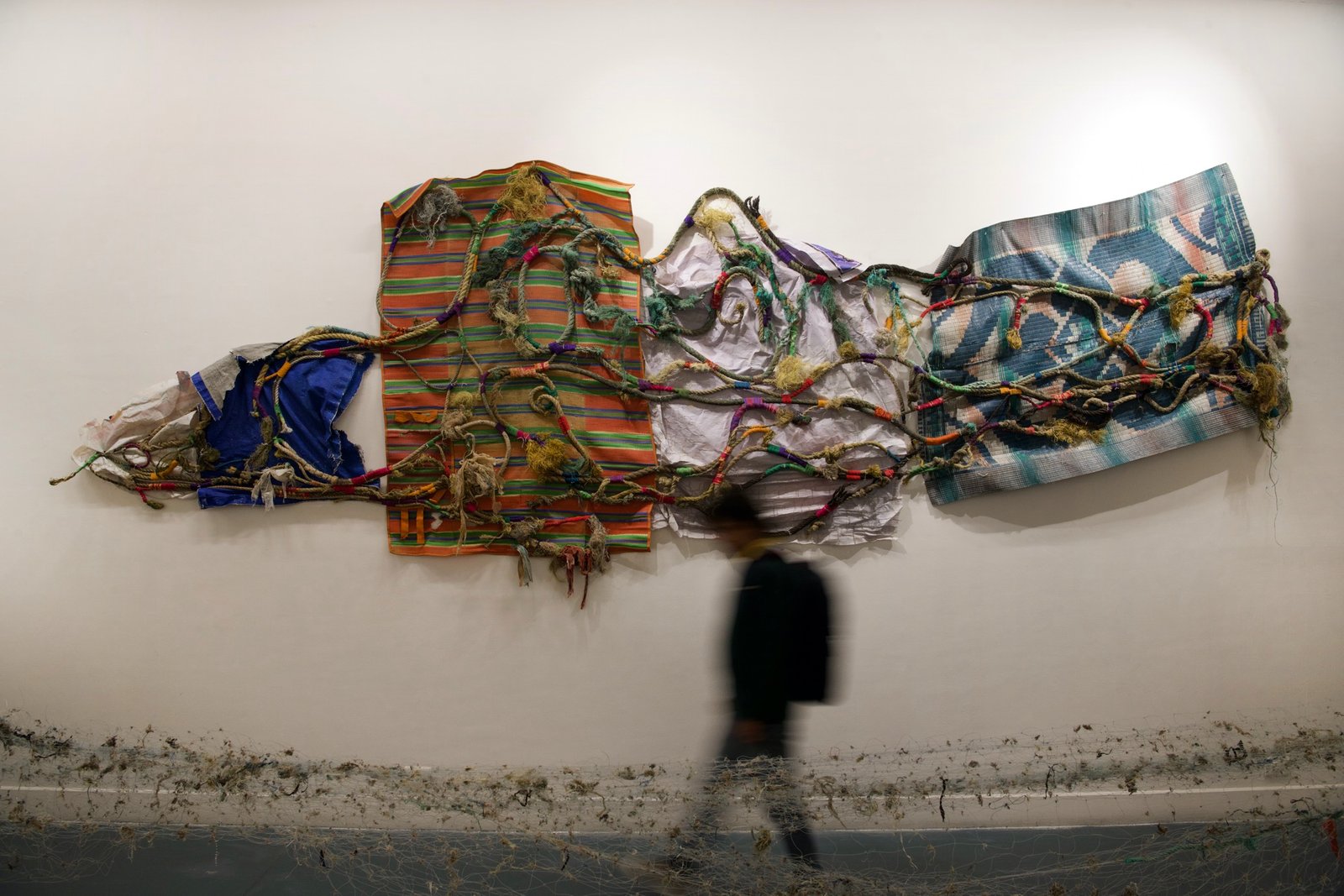
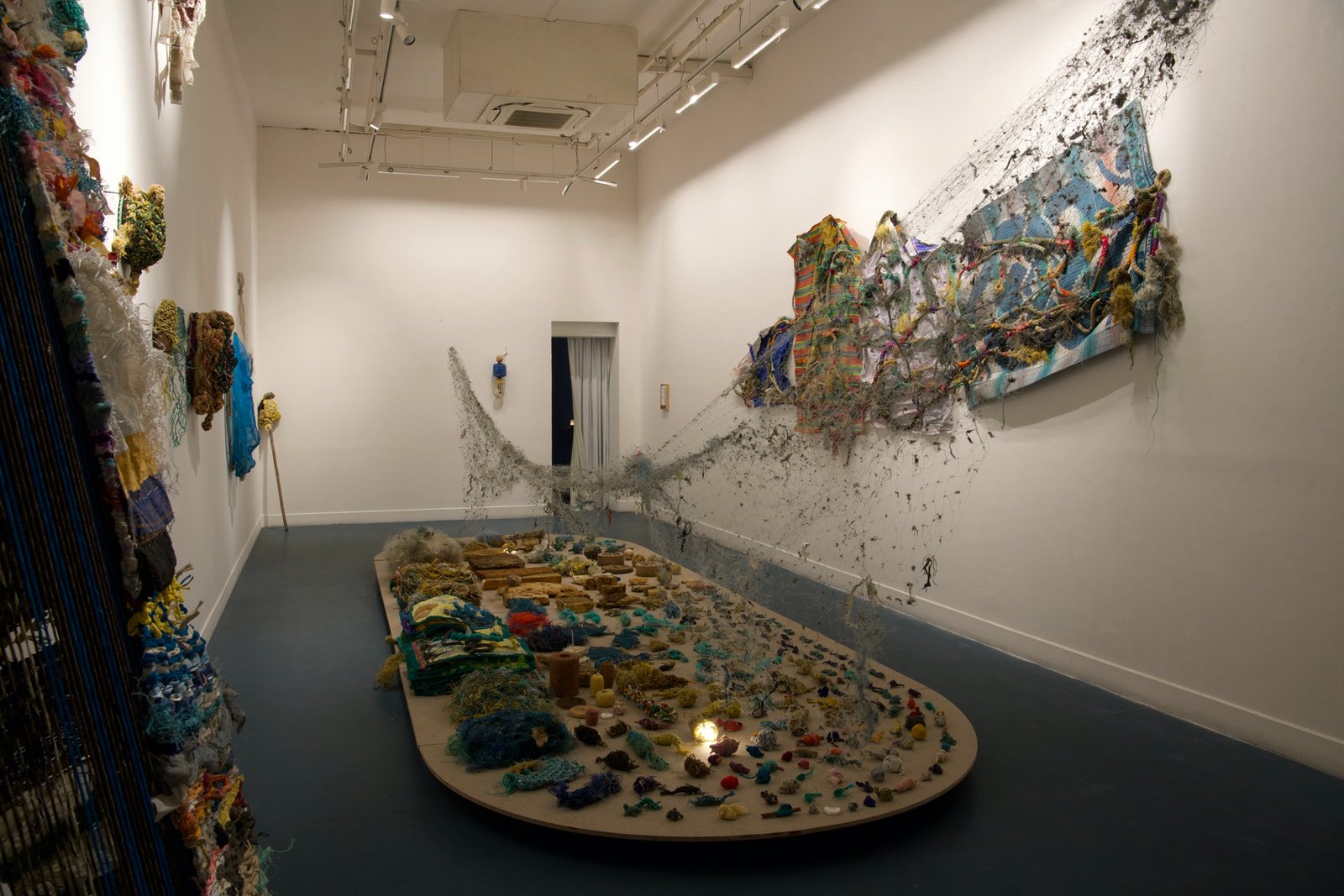

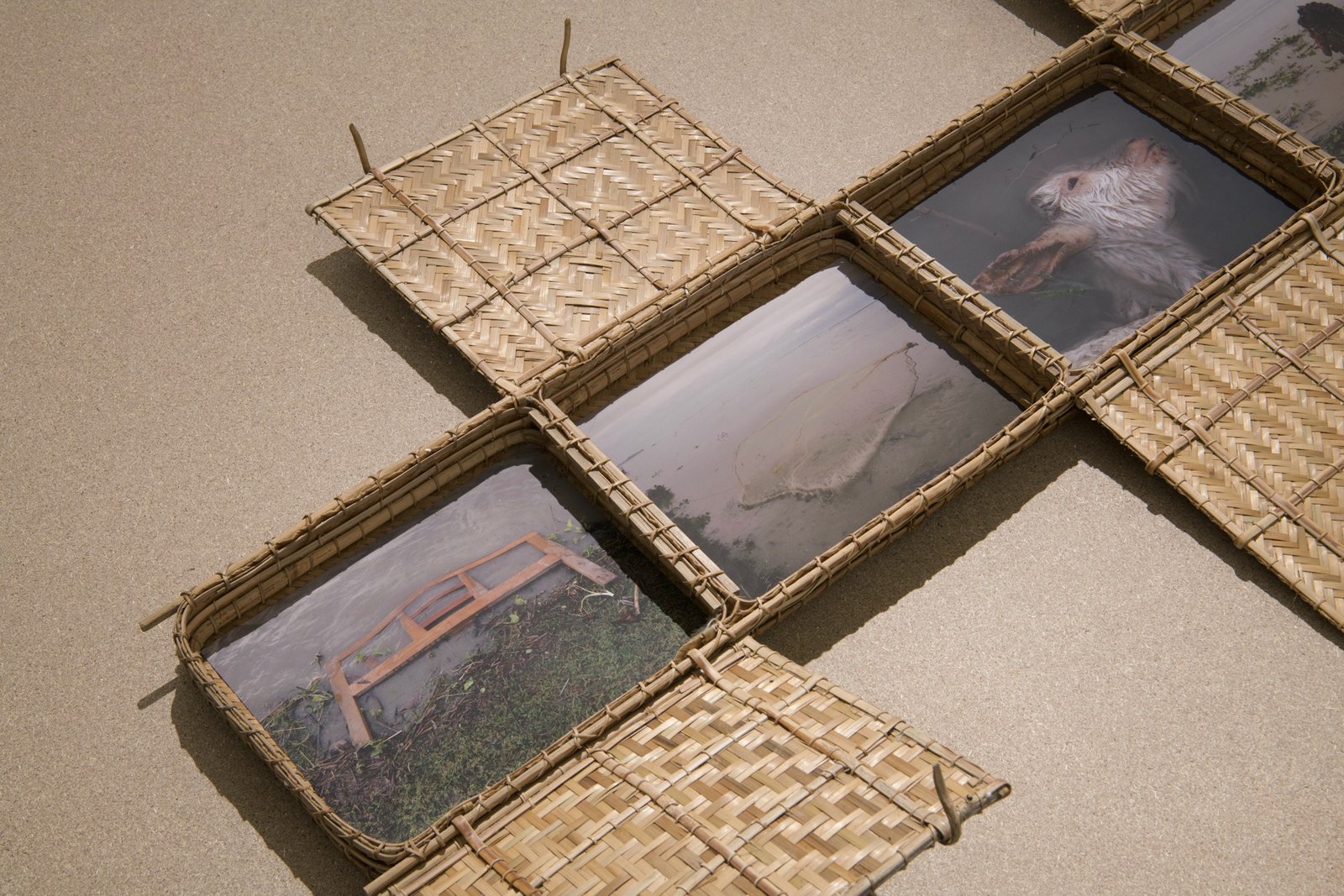
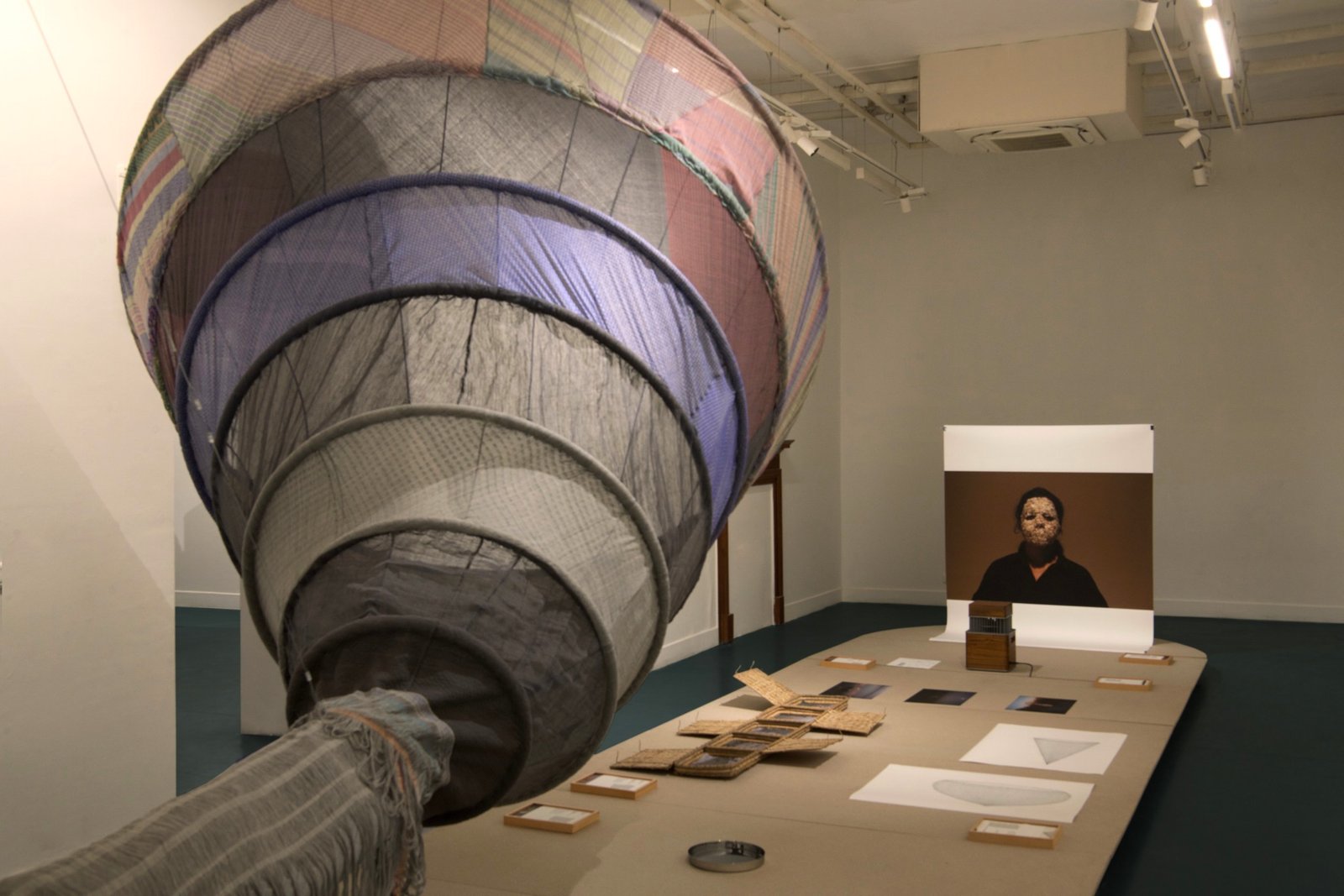
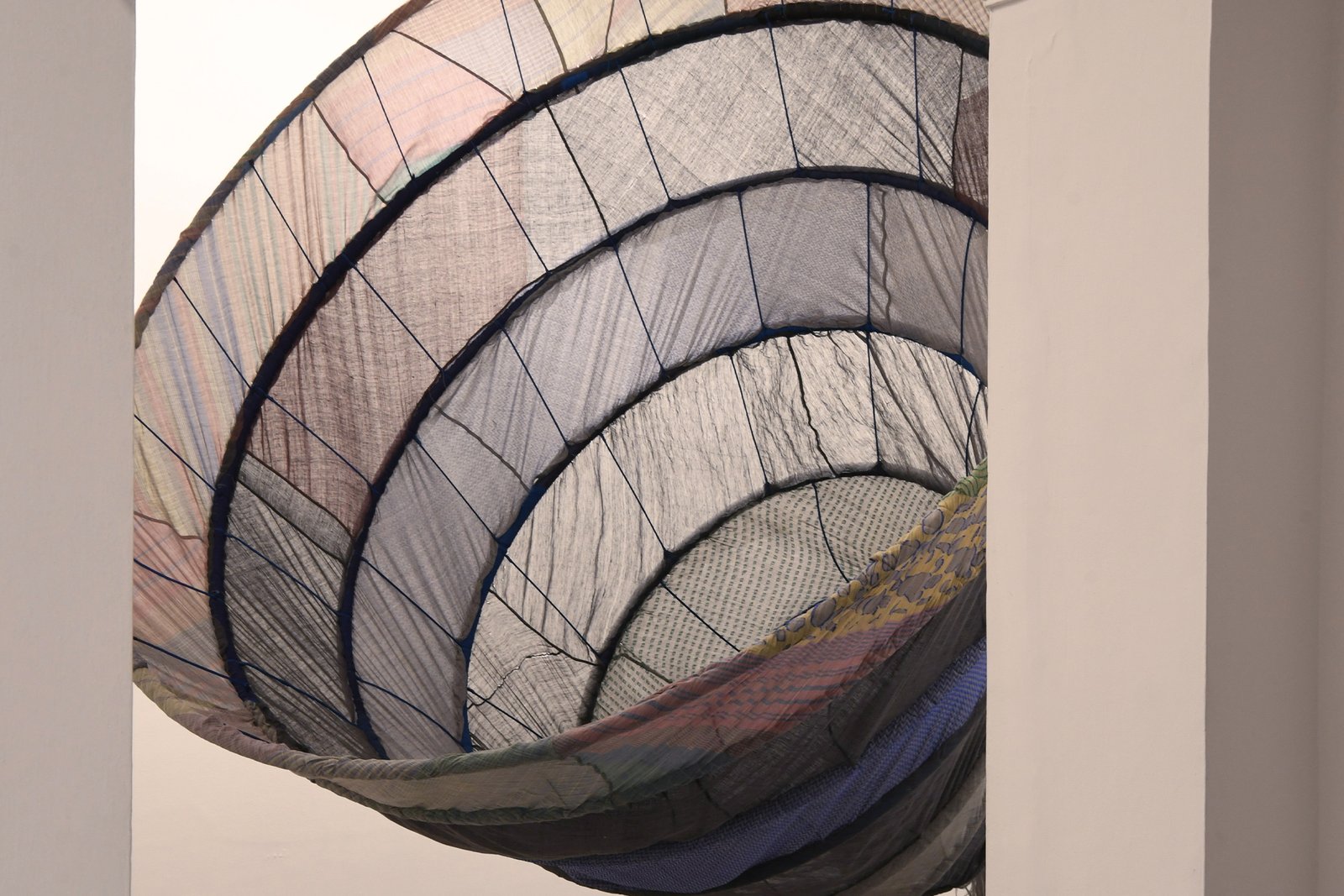
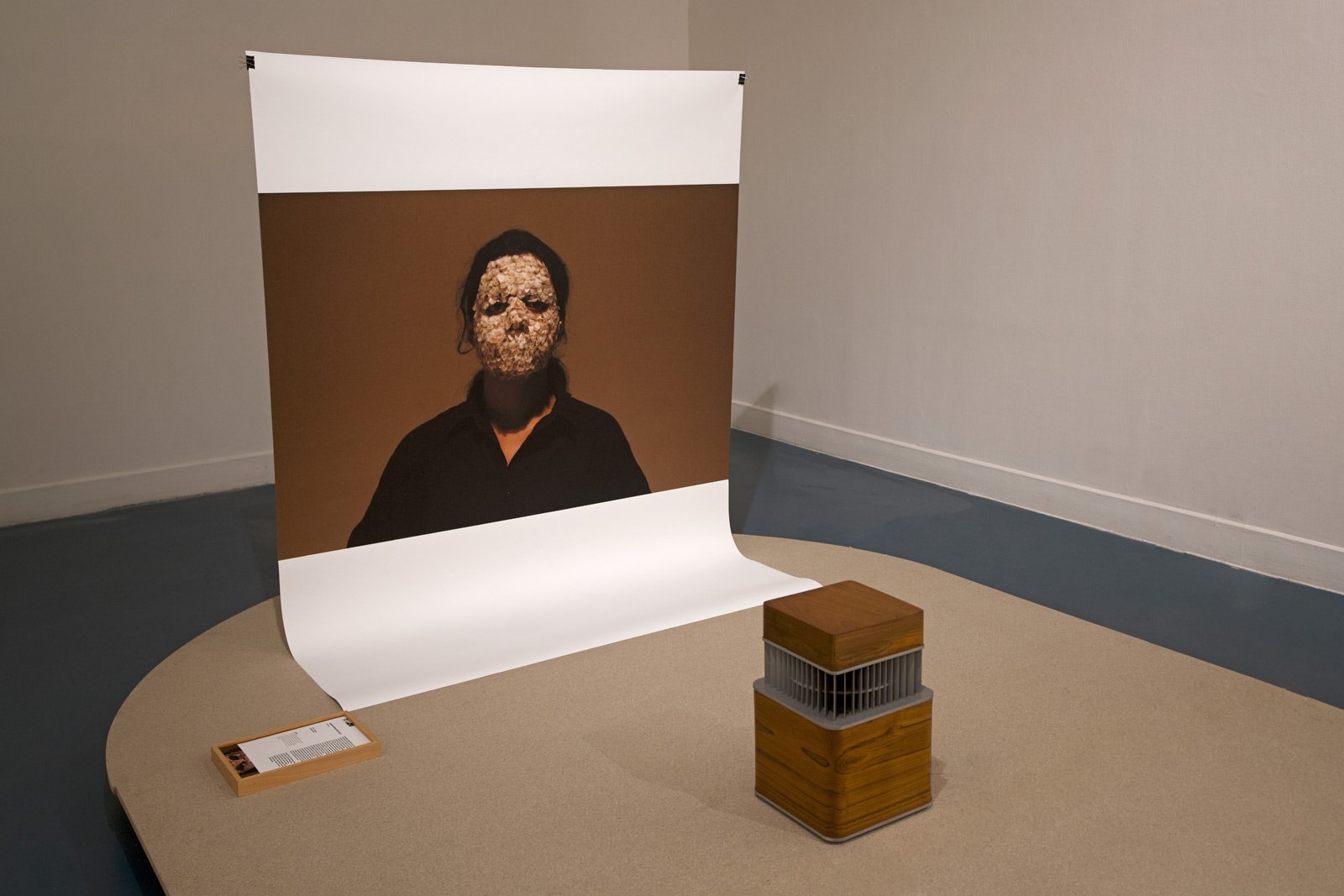

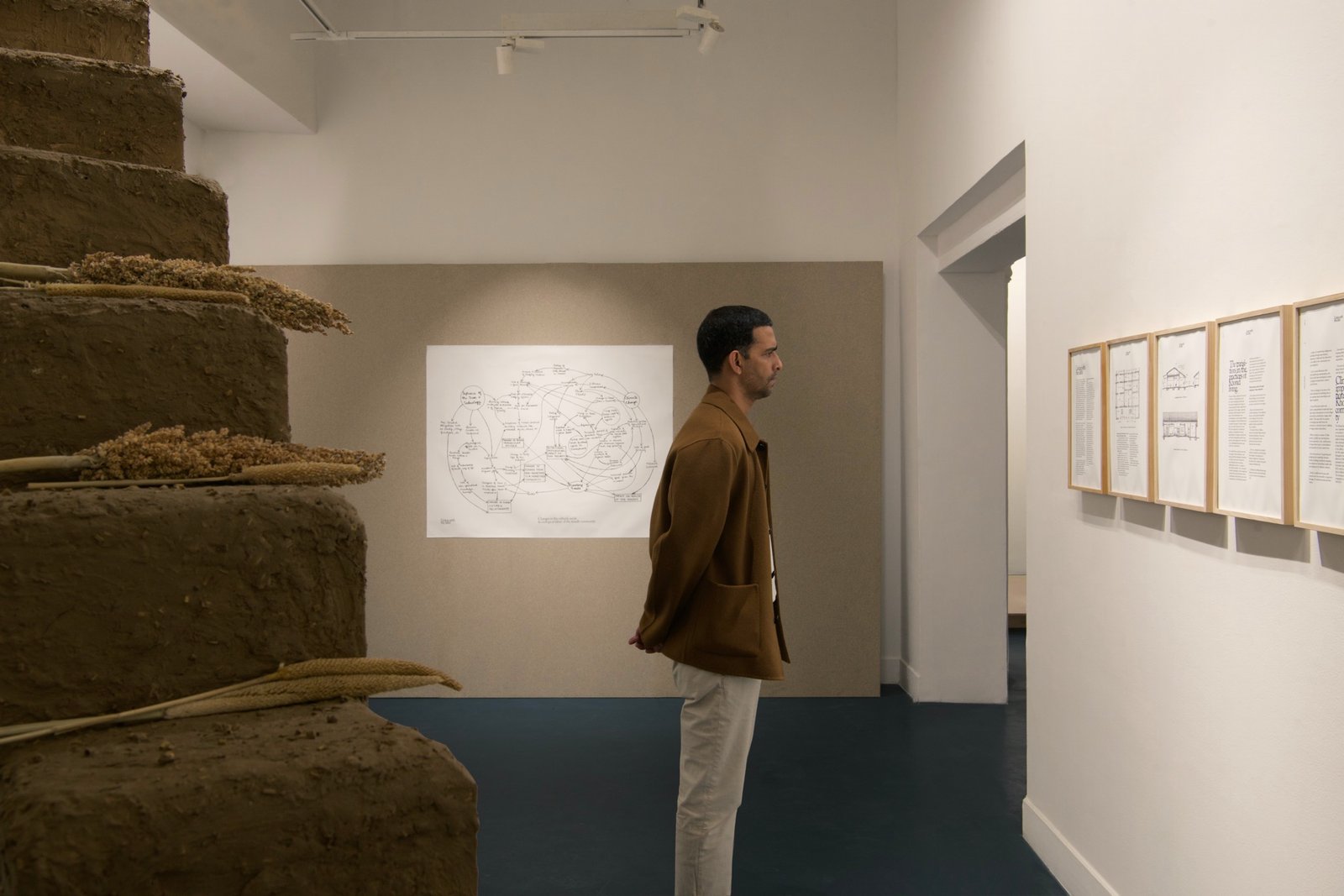
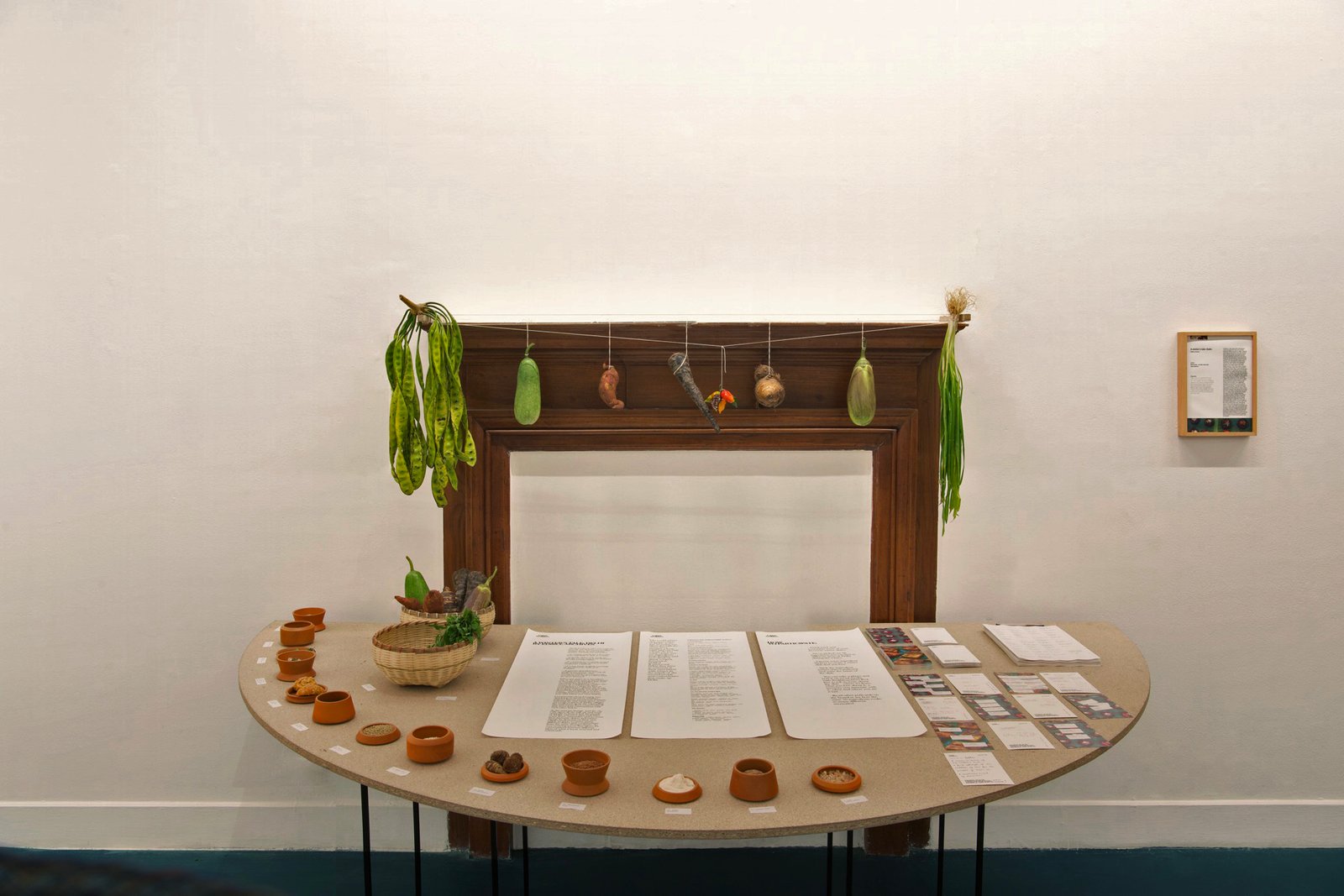
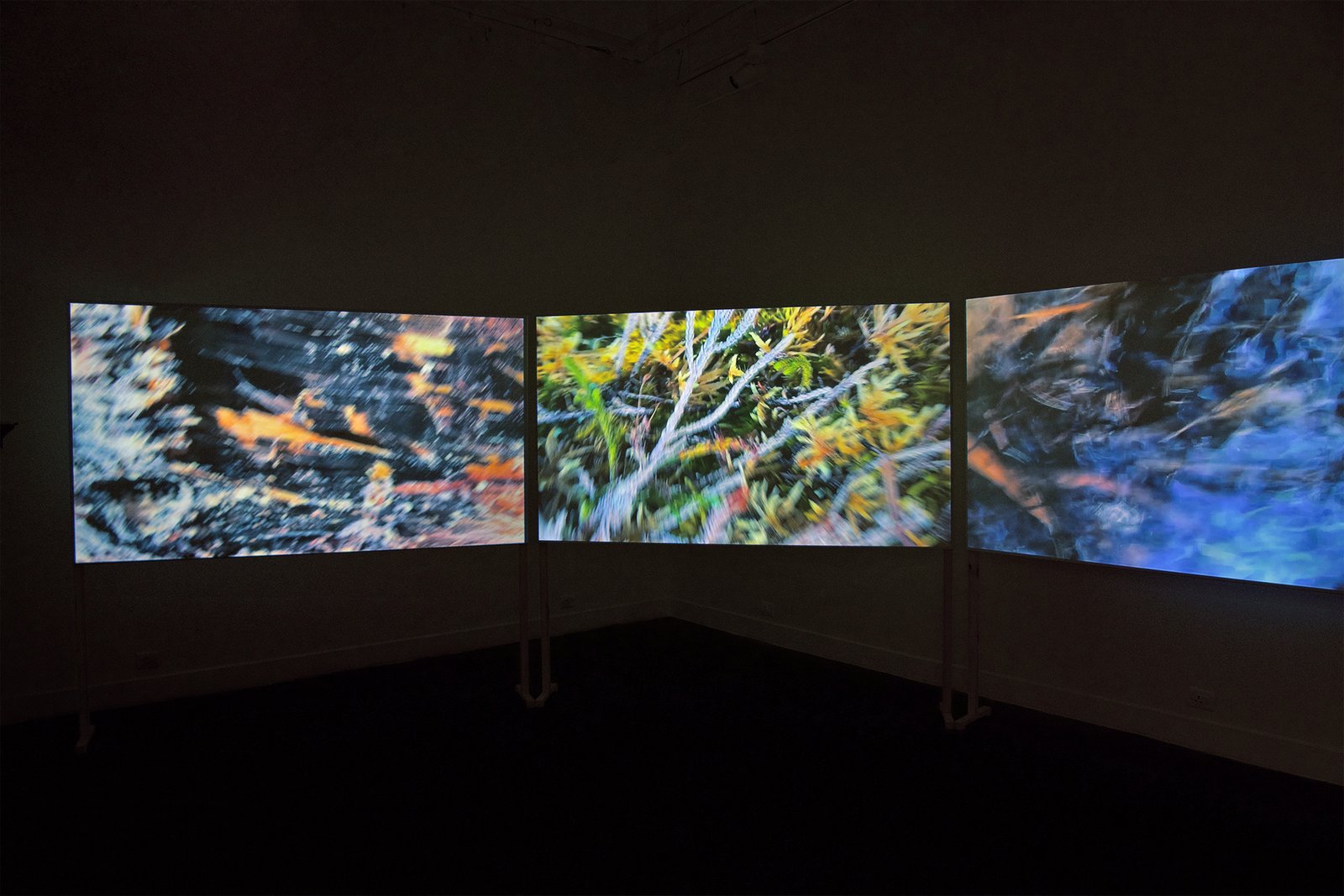
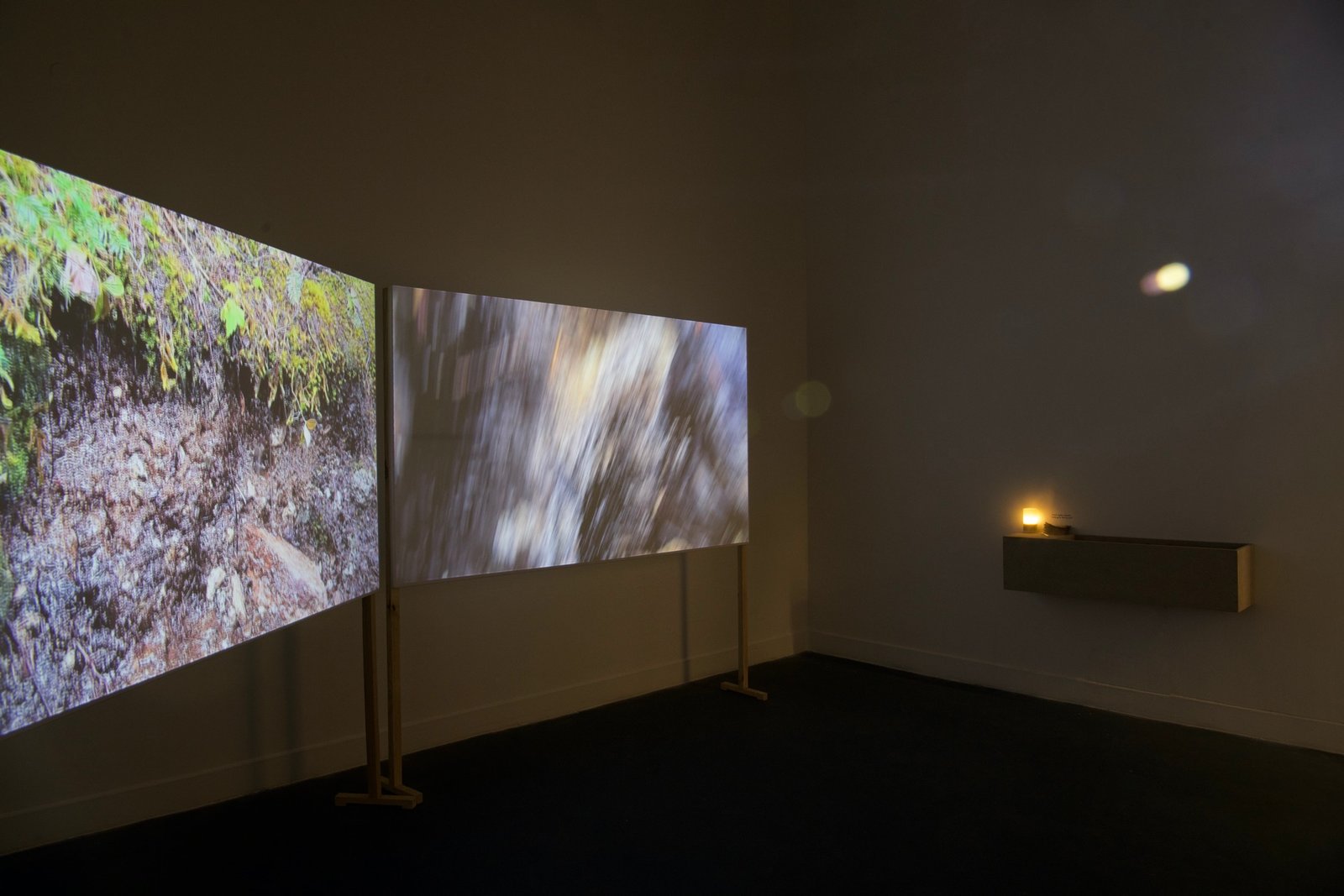
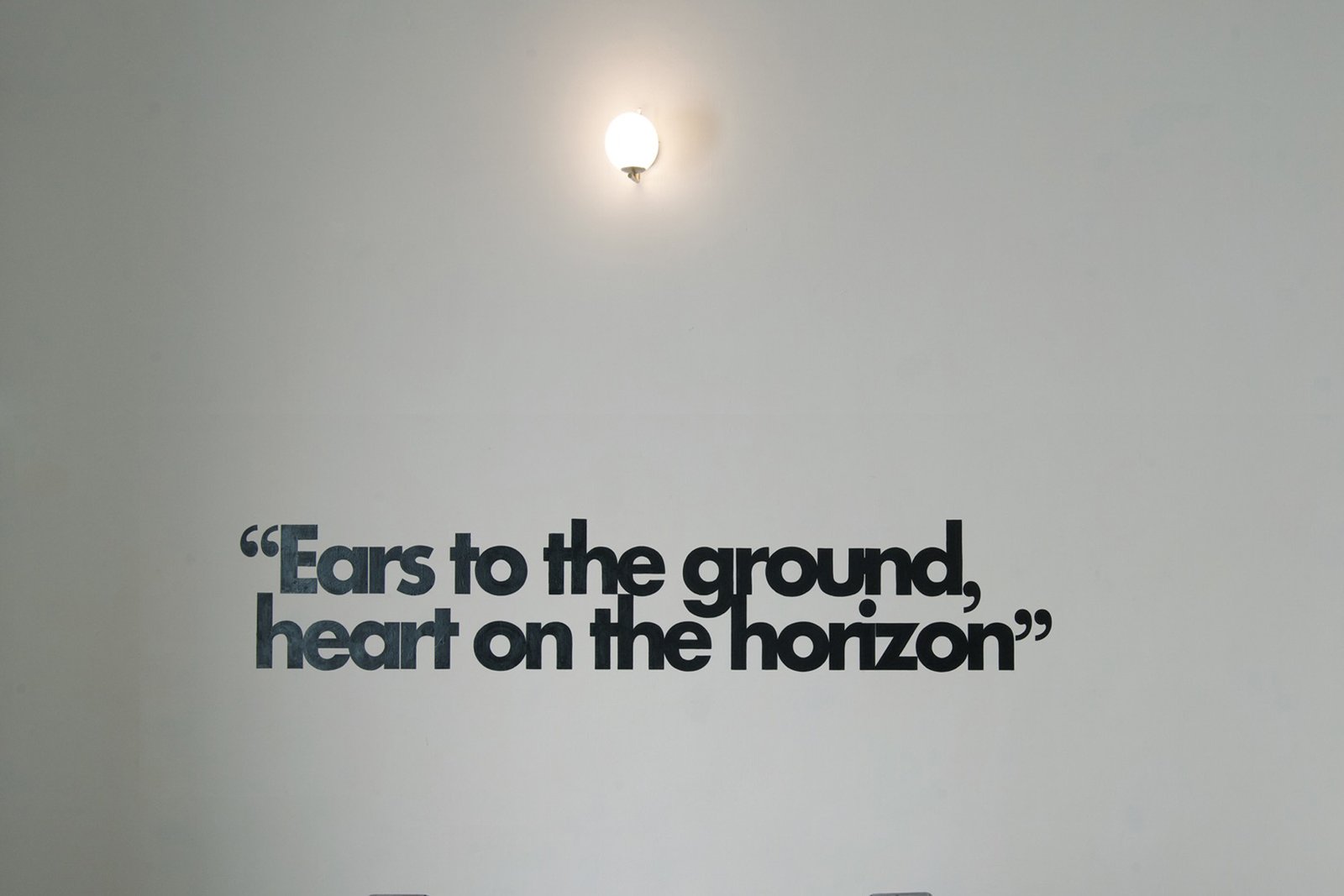
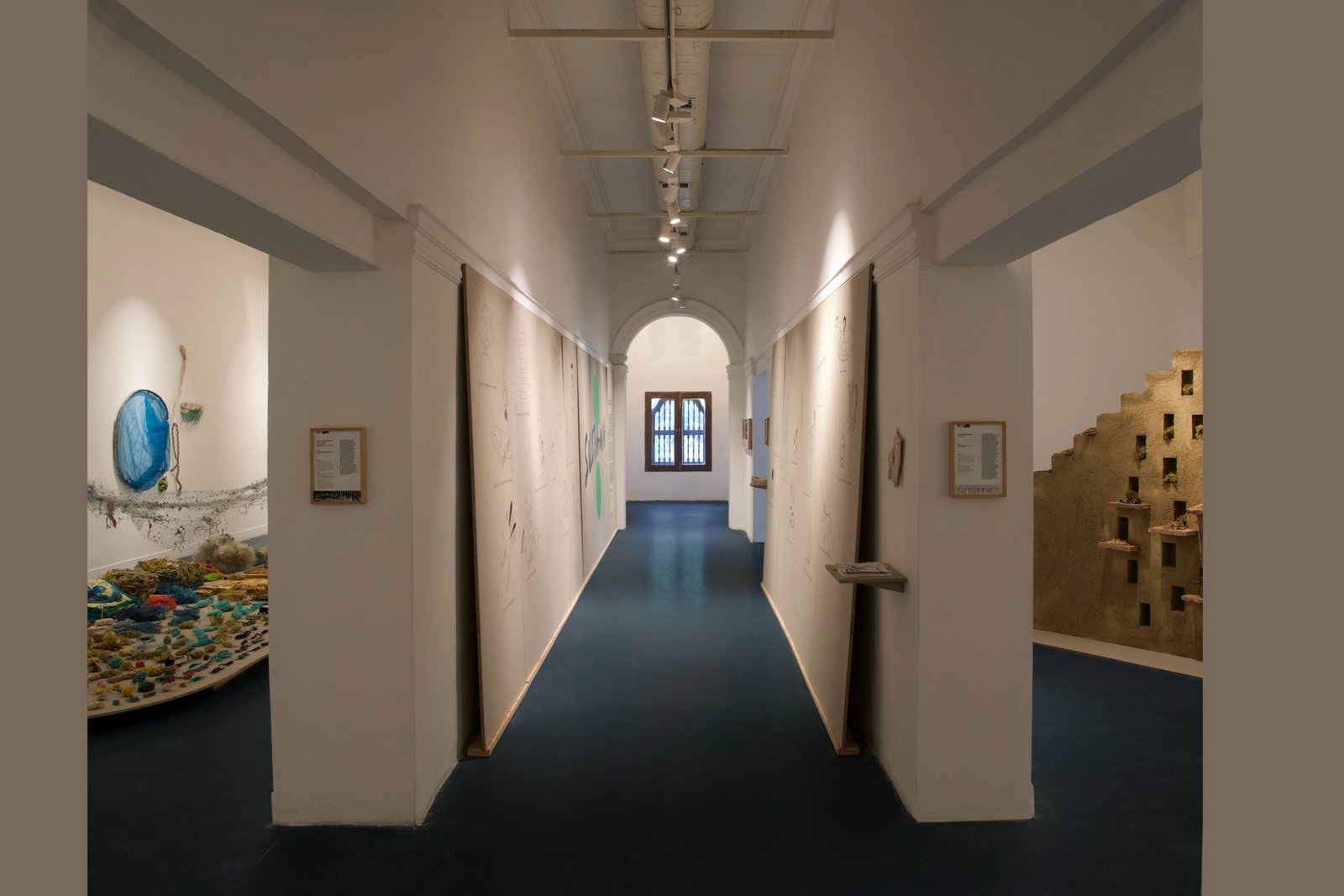
Featuring projects and works by Debasmita Ghosh, Manjot Kaur, Rachna Toshniwal, Gaurav Jai Gupta, Pallov Saikia, Edible Archives, Climate Recipes, Shilpa Bawane, Richi Bhatia, Bhaskar Rao with Akash Das
Curated by Thukral and Tagra + Srinivas Aditya Mopidevi
Organized by Suyashi Smridhi, Milan Jacob, and Mihir Shah (CEEW)
At the heart of Sustaina India is learning that sustainability is a gradual and decentralized process of adapting to climate change. It cannot be imported and transposed, but needs to be built from the ground up across disciplines and demographics. When we received the invitation from CEEW over a year ago to establish a platform that could host conversations around art, science, and climate, we turned to material-based practices and solutions. As creators, we firmly believe in the power of materials to channel a sensorium of touch, smell, sound, and vision as paths to climate awareness and retention for the current and future generations.
Our inaugural fellows Debasmita Ghosh, Manjot Kaur, and Rachna Toshniwal echo this vision as they speak about the shifting lives of the Khond community in Odisha, present immersive environments with textures of forests, and weave tapestries with ocean waste that washed up on the shores of Alibaug near Mumbai. Together with fellows and other invited artists, Sustaina India presents a vast index of materials that revisit conversations around food, clothing, waste, architecture, forests, and non-humans.
At every juncture of this exhibition, we returned to the ideas of reducing, reusing, repurposing, and restoring to understand how feasible and challenging they are to follow. For instance, our cities provide alternative materials to art and exhibition- making including wooden panels made with crop residue, soy-based inks, and eco-friendly paints, all of which can align with existing practices of cultural institutions. As we continue to learn about the effects of climate change, it becomes our collective responsibility to share knowledge, find solutions, and hope that future generations will take the lead.
Thukral and Tagra
+ Srinivas Aditya Mopidevi
New Delhi, 2024
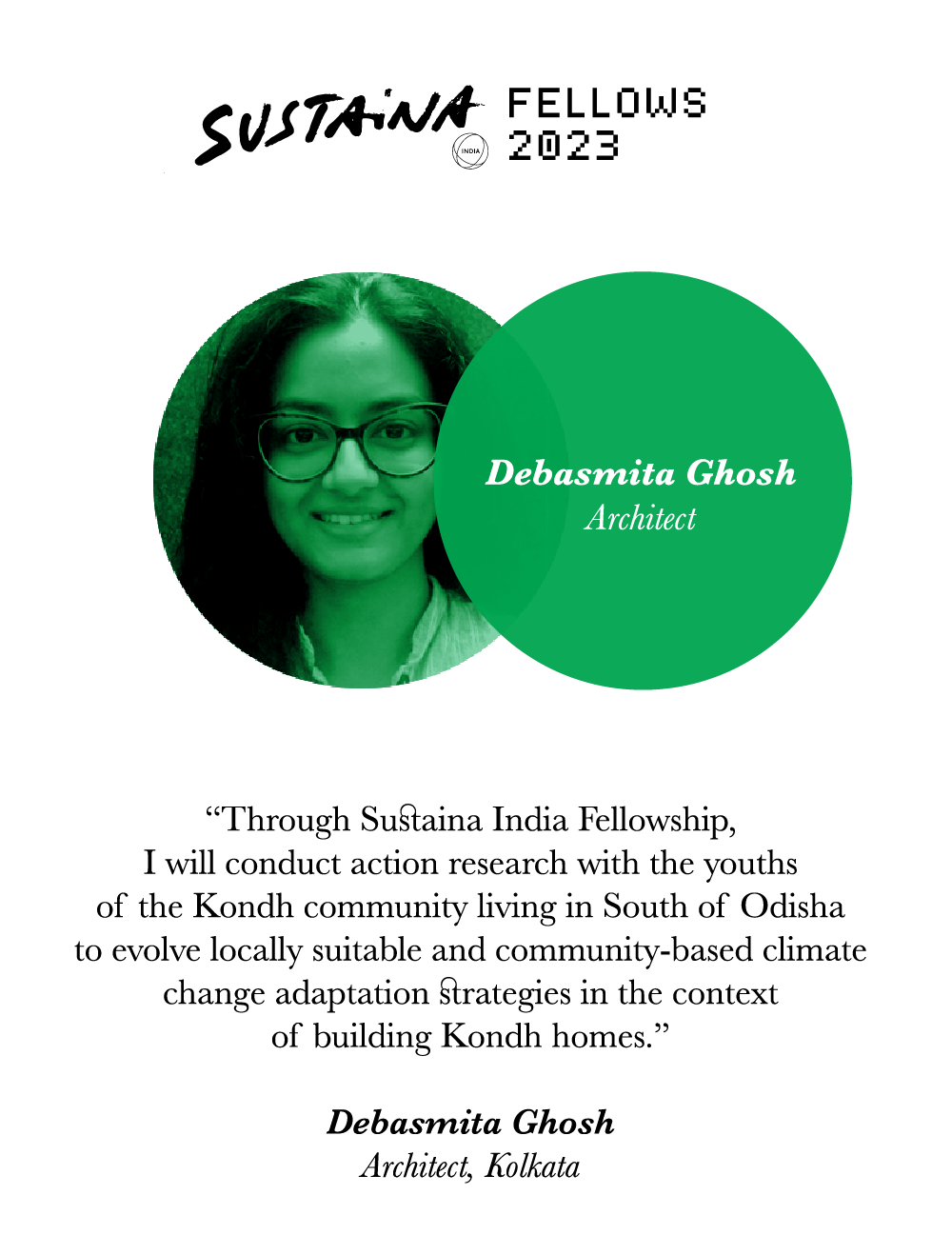
Living with the land | Debasmita Ghosh | Eco-architect | Sustaina India Fellow 2023-24
Materials: Mud plaster, cement, wood, paper, found objects
Debasmita Ghosh has been researching the changing architecture in Khond homes, inhabited by the few remaining Adivasi communities in Rayagada district, Odisha. The research captures the transitions in the ways of life of the Khonds due to climate change and other external factors. The impact of climate change includes temperature rise, changes in rainfall patterns and flash floods affecting agriculture and housing, among other things. Debasmita’s initial entry point was action-based research and workshops with Khond youth about the climate resilience of traditional Khond living. During her research, she witnessed hesitation and even disregard towards their traditional living conditions among the younger generation, as some of them aspire to modern ways of life. The research also brought forth how several community members are unhappy with these shifts across generations as they continue to impact the interpersonal and community dynamics of the Khonds. One of the key material changes that have come about is cement replacing mud plaster and asbestos roofing replacing terracotta tiles in the construction of houses, making houses significantly warmer with rising temperatures. Living with the land suggests revisiting traditional practices and learning from modern ones to see what combinations of them can be taken forward into the future to build resilience.
Biography
An architect by education, Debasmita Ghosh designs structures using natural materials, which are in sync with the environment. She works with rural and marginalized communities on the impacts of climate change and builds resilience through research and implementation. Her aim is a self-sufficient future in symbiosis with nature and rooted in communitarian life.
Credits
Mentor and guide: Debjeet Sarangi (deceased)
Co-researcher: Jagannath Majhi
Documentation support: Anjali Joy
Special thanks: To all the Khond women from more than 20 villages who have trusted and participated in the work & articulated their inner struggles, pains and thoughts.
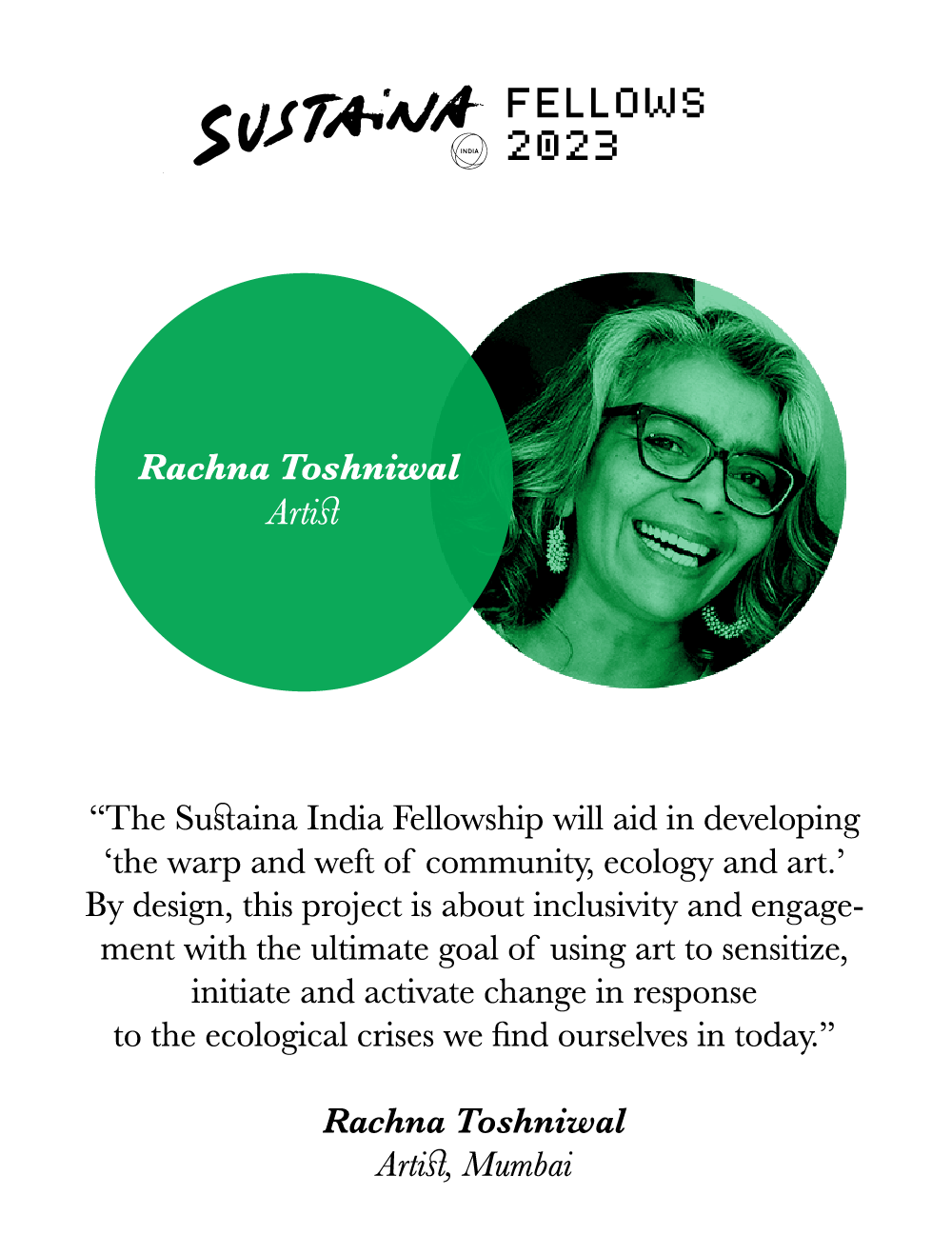
There is no such thing called waste | Rachna Toshniwal | Artist | Sustaina India Fellow 2023-24
(In collaboration with Nari Shakti self-help group, Alibaug, Maharashtra)
Materials: Discarded wood, jute fiber, coir rope and other elements found on the sea’s shore
For the past few years, artist Rachna Toshniwal through her Other Side Studio in Alibaug, Maharashtra, has been conducting a series of workshops, projects, and awareness initiatives at the intersections of ecology, community and creative practice. Her specific contribution to Sustaina India is an extension of this engagement conceived through a collaboration with a community of women who live in the area. The project set out to reimagine the potential of waste that washes up on Saaral Beach by translating it into tapestries, textile sculptures and installations. It explores the warp and weft of the local community especially embodying their skills and stories around the sea. At a macro level, it advocates for the health of our oceans, which are one of the planet’s largest carbon sinks, while finding creative ways to repurpose waste from the marine ecosystem.
Biography
Born in Mumbai, Rachna Toshniwal is an artist and environmentalist. Her practice spans visual arts, performance, creative writing, and installation. After spending over fifteen years in eco-activism and grassroots development projects with indigenous communities in the Himalayas and other parts of rural India, she turned to art as a way of knowing and diving deeper into questions of self, nature, and ways of being.
Credits
Additional support from Preet Rathi Motwani, Madder Red Studio, Mumbai
Documentation support: Ashwini Chaudhary, Max C. Strong, Monique Romeiko, Charvi Patil. Support staff: Rakesh Patil, Ajit Patil, Ravi Patil, Prakash Gore.
Special Thanks: Lahar Mehta, Gopika Dahanukar, Rohan Shah, Aurelie Beer, and Markus Scott Alexander.
Nari Shakti: Shilpa Patil, Sujata Patil, Rina Vartak, Suvarna Patil, Tejashree Patil, Hira Bare, Jotsna Mali, Ratnaprabha Patil, Kalpana Patil, Kausalya Vartak, Vrushali Patil, Jagruti Patil, Harshada Mhatre, Pranaali Patil, Suchita Patil, Aparna Mhatre, Chitra Mali, Trusha Patil, Charvi Patil.
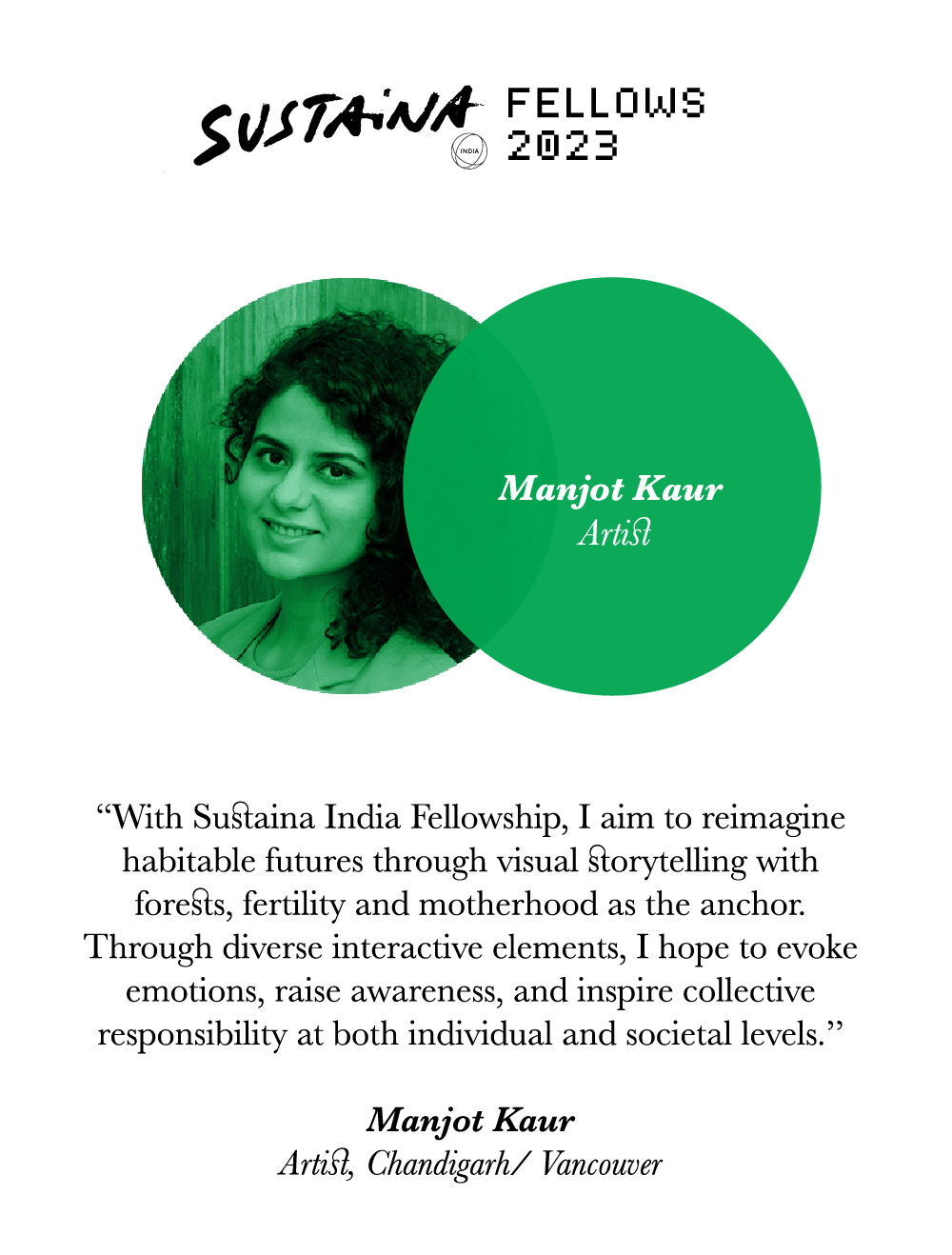
The parliament of forests | Manjot Kaur | Artist | Sustaina India Fellow 2023-24
Materials: 3 Channel video, sound, wood, soil, seed papers, pen, fragrance
The parliament of forests seeks to draw attention to ecology’s sovereignty and to think about what rights should belong to the forest. Wise trees, shrubs, intertwining vines, resilient grasses, herbaceous plants, mosses, algae, fungi, soil, lichen and water become the protagonists in this work. Responding to the ideas of inclusivity, diversity, and plurality of voices in an ecosystem, this three-channel video installation is a close-up video of forests that lie on the sacred lands of Semiahmoo, Musqueam, Squamish, Tsleil-Waututh, Lil’wat nation, Piikani, Tsuut’ina and the Métis Nation.
This speculative way of thinking/imagining with the forests will broaden the horizons of what it means to seek justice for the forests and the species that inhabit them. The work also aligns with the current debates around the wellbeing of forests which is of utmost importance for all species in times of climate breakdown. The audience is invited to immerse in the landscape and write on the seed papers provided here: what rights should the forest hold according to them? The seed notes from visitors will then be placed in the planter. They are sourced from the Gram Art Project, Paradsinga, Madhya Pradesh, India.
Biography
Manjot Kaur’s paintings, animations, and immersive interactive installations intersect the boundaries of speculative fiction,archetypal allegories, and precarious ecologies to push back against the centring of the human as a protagonist. Her works explore the sovereignty of women’s bodies and ecology. She cross-pollinates ancient mythologies and histories to reflect on the relationship between humans and more than humans.

